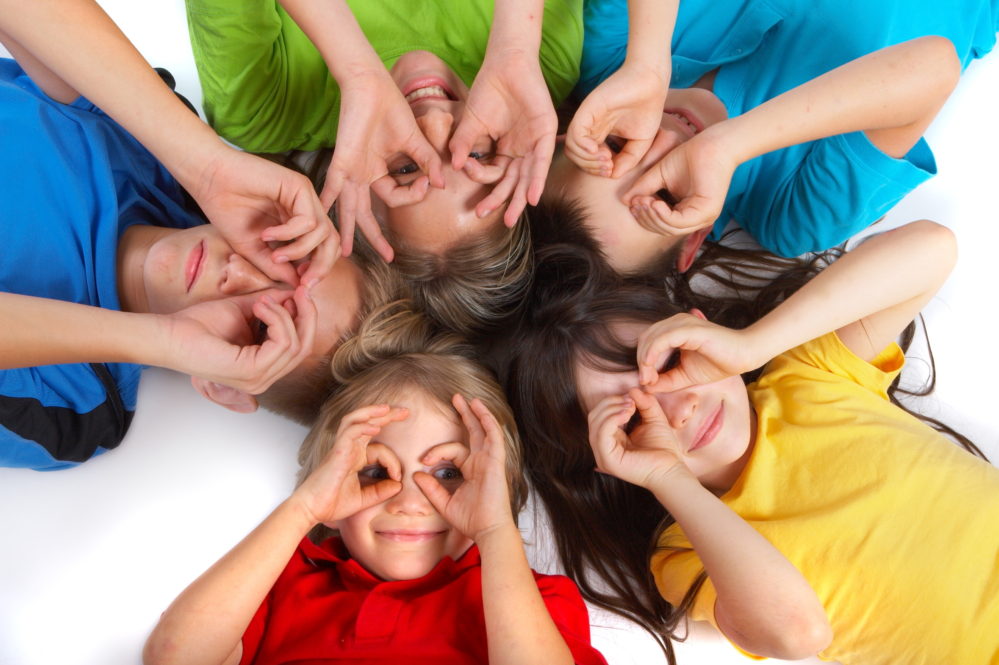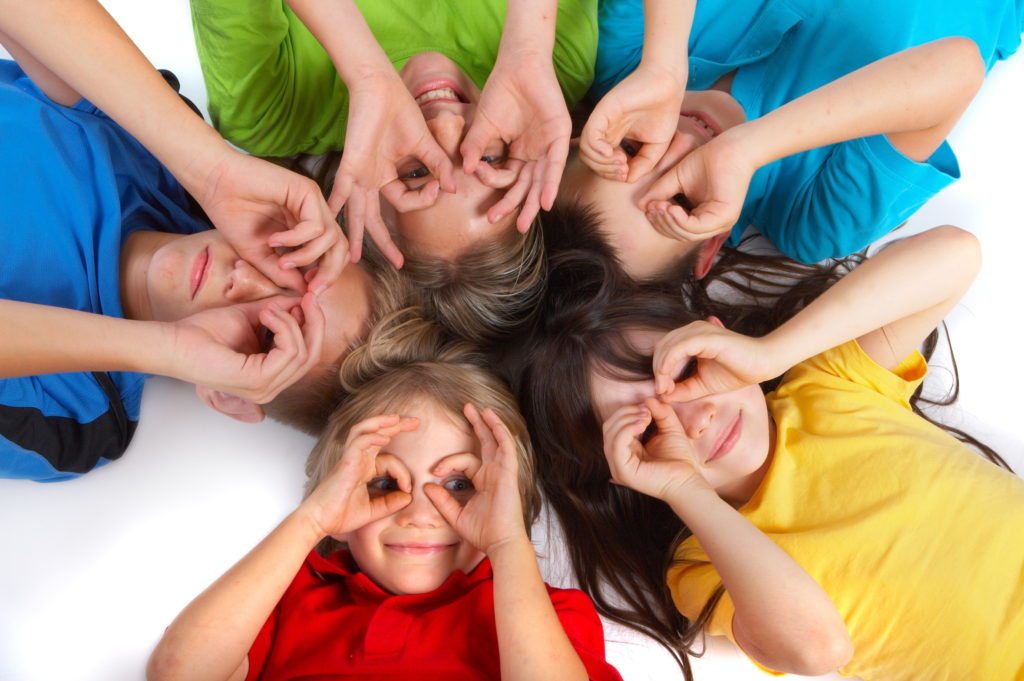Children’s Vision

Eye and vision disorders are some of the most common health concerns affecting Australian children. One in five school-aged children have undetected vision problems significantly impacting their learning, education, social and daily activities. These problems can develop prior to starting school, or during primary or high school, therefore, regular eye examinations are imperative for early detection and intervention.

A child will often not be aware of his or her vision problem because what they see is “normal” for them (and that is how they think everyone sees the world). However, as a parent (or grandparent, guardian, teacher) there are some signs that may indicate the presence of a vision problem in children.
Signs/Symptoms of possible vision problems
- Turning in of one eye whilst the other eye remains looking straight ahead (occurs more often when the child is tired)
- Frequent blinking
- Red or watery eyes
- Frequently rubbing his/her eyes
- Sensitivity to light
- Turning their head significantly when focussing
- Covering or closing one eye
- Poor hand-eye coordination
- Difficulty learning to read
- Holding a book (or tablet etc) very close to their face when reading
- Avoiding close work e.g. reading, homework
- Leaving out or confusing words when reading
- Losing their place whilst reading or using a finger to guide their eyes when reading
- Squinting, sitting very close, or tilting head up or down when watching TV
- Poor recognition of familiar people/objects in the distance
- Performing below their academic potential
- Complaints of headaches
- Complaints of blurred or double vision
What happens in an eye examination for children?
The tests performed will depend largely upon the child’s symptoms, signs, responses and maturity.
Below are some of the things typically tested with a general eye exam
• Visual acuity (clarity of vision)
• Refraction (glasses prescription, sometimes eye drops may be used to gain a more accurate result)
• Ocular motility (the ability to track an object smoothly without moving one’s head)
• Alignment of the eyes
• Colour vision
• Depth perception (ability to see things in 3D)
• Ability to focus and converge their eyes on close objects comfortably
• Health of the back of the eye
• Health of the front of the eye
Sometimes children may need multiple visits if the Optometrist needs to repeat or perform additional tests, or instill drops.
To minimize distraction, it is best to attend the appointment without siblings or friends (they are welcome to stay in the waiting room whist the examination is performed).
What can be done if my child has an eye problem?
Below are some of the ways common conditions are managed;
- Glasses for distance, and/or near – these may be prescribed to improve vision clarity (shortsighted, farsighted or astigmatism) or to improve visual comfort and support the eyes when doing particular tasks (e.g. computer and reading). Special coatings are available to make the lenses tougher or to block the blue light emitted from computers, ipads etc.
- Contact lenses – particularly for sport
- Exercises to improve and strengthen a “lazy eye” – patching, instillation of drops etc
- Vision training – exercises to improve visual comfort and ability for certain tasks
- Vision processing testing/training – exercises to determine reading fluency
- Eye drops or lid treatments – for allergies, infections and inflammation
- Sunglasses – every child is encouraged to have a pair and use them when outside
- Advice about optimal posture for reading, tablet and computer use
Your child’s eye health is extremely important to us. We see the adverse effects in schooling, sporting and general life when childhood vision problems go undetected.
*Optometry Australia – February 2016







